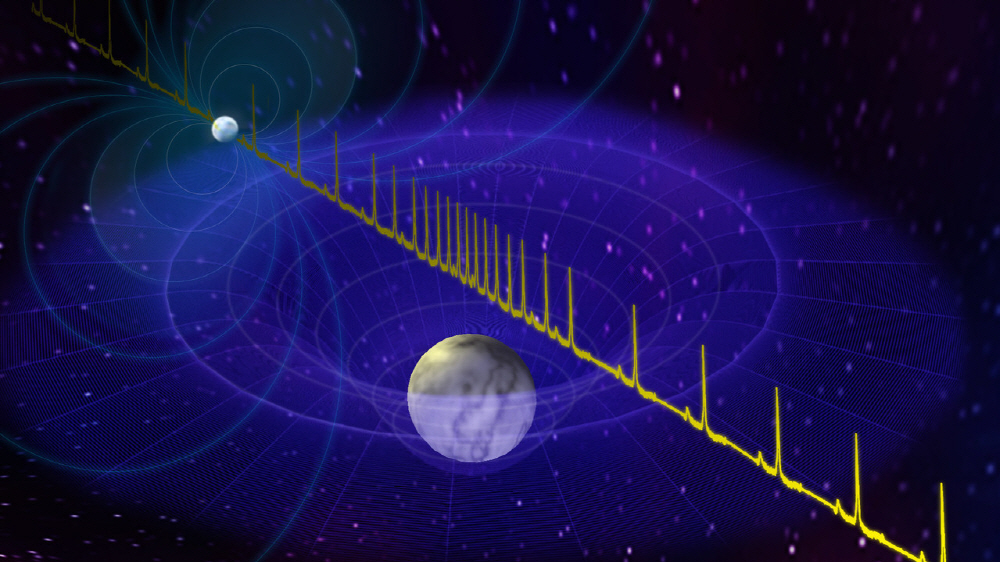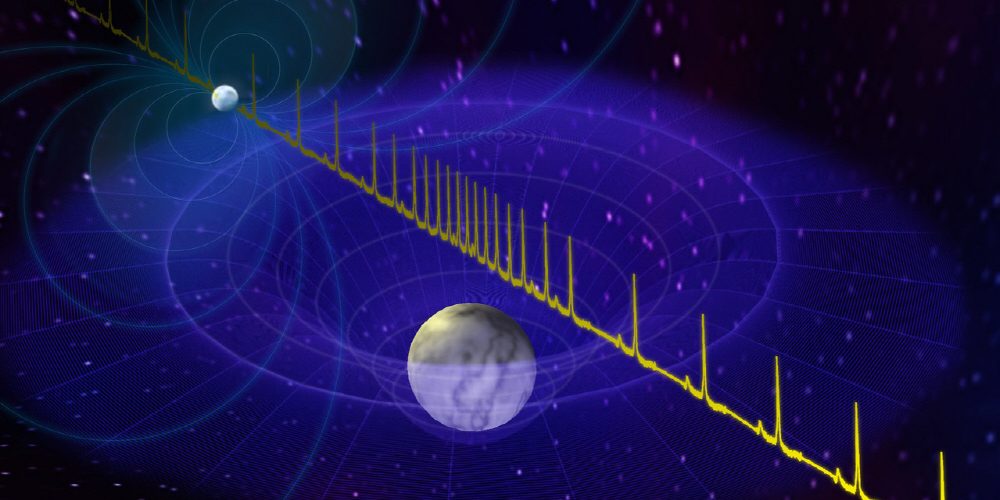
Neutron stars with large masses compressed up to 20 km in diameter are also incomprehensible objects among many celestial bodies. It is a small celestial body with a mass slightly larger than the sun. However, the observed neutron star MSP J0740+6620 is said to have at least twice the mass of the Sun.
Researchers at the University of Virginia in the United States say that finding a larger neutron star will help elucidate the equation of state that explains the internal state of the neutron star. Calculating the mass of the star star can help to improve understanding of how this enigmatic celestial body was formed.
The existing mass of a neutron star was thought to be about 1.4 of the Sun, but recent observations have found a larger one. NANOGrav, a joint US and Canadian research organization, has discovered dozens of neutron stars over 12 years. This place was detecting gravitational waves that were first observed and familiar by LIGO in 2016, but in this process, they discovered a neutron star that emits a signal with a frequency slightly higher than that of gravitational waves.
Among them, the MSP J0740+6620 is one of these targets as well, with neutrons emitting pulsed light. The team observed MSP J0740+6620 using the Greenbank Telescope and measured the star’s mass using a relative phenomenon called Shapiro time delay.
MSP J0740+6620 forms a star system with a small celestial body called a white dwarf, which revolves around each other. When a white dwarf passes in front of the pulsar, the gravitational space of the white dwarf is slightly distorted, but since light travels a long distance as much as the distorted space, a phenomenon as if the pulse is slightly delayed when viewed from Earth. As a result of calculating the pulsar mass using this phenomenon, according to a paper published in the journal Nature Astronomy, it is said to be 2.14 times that of the sun.
In fact, if you find these binary stars and measure their mass, the angular condition as viewed from Earth must be exactly right. Fortunately, this time, a reliable technique was available to calculate the mass of each neutron. However, it is pointed out that even if a larger neutron star is observed in the future, the accuracy may be degraded by calculations by other methods.
One expert explains that if the mass is larger than what was discovered this time, the collapse of the pulsar could lead to a black hole. Related information can be found here .


















Add comment